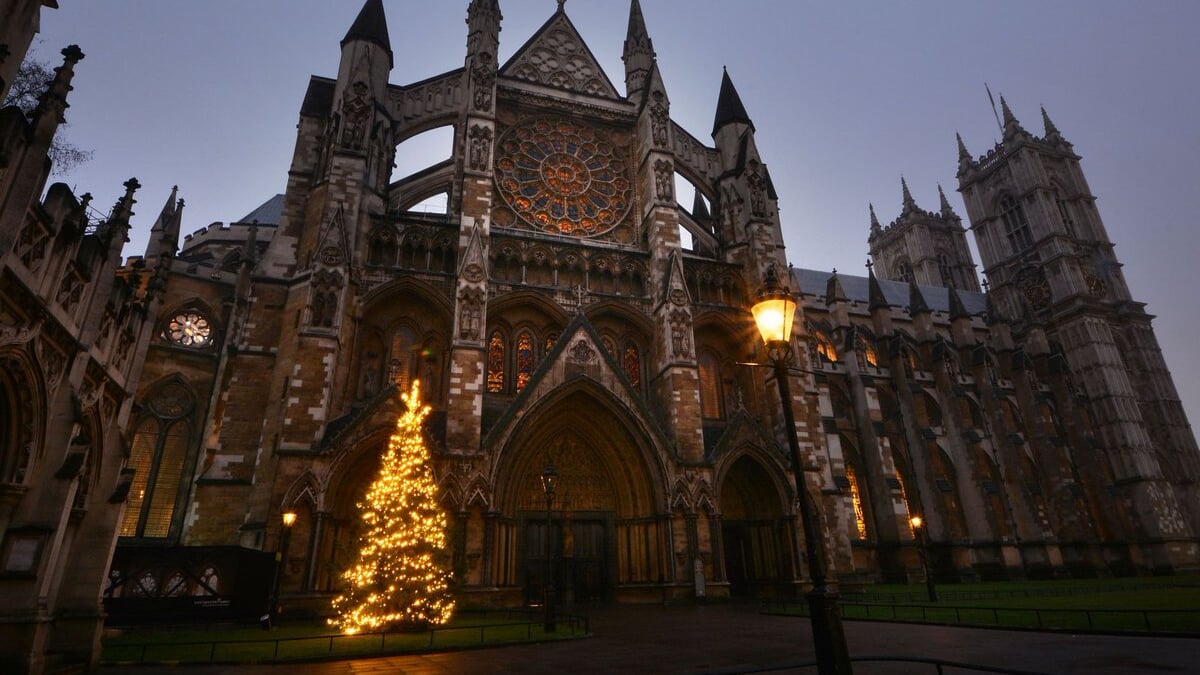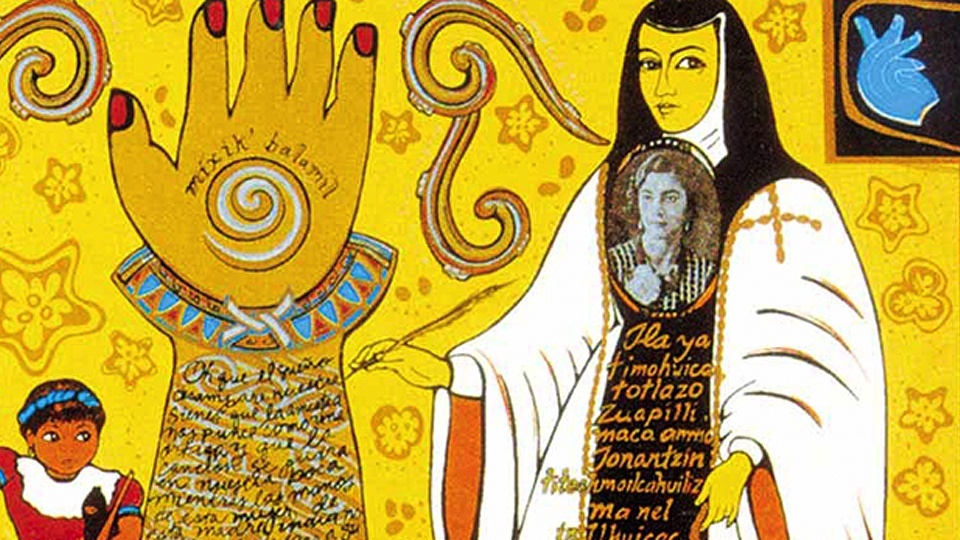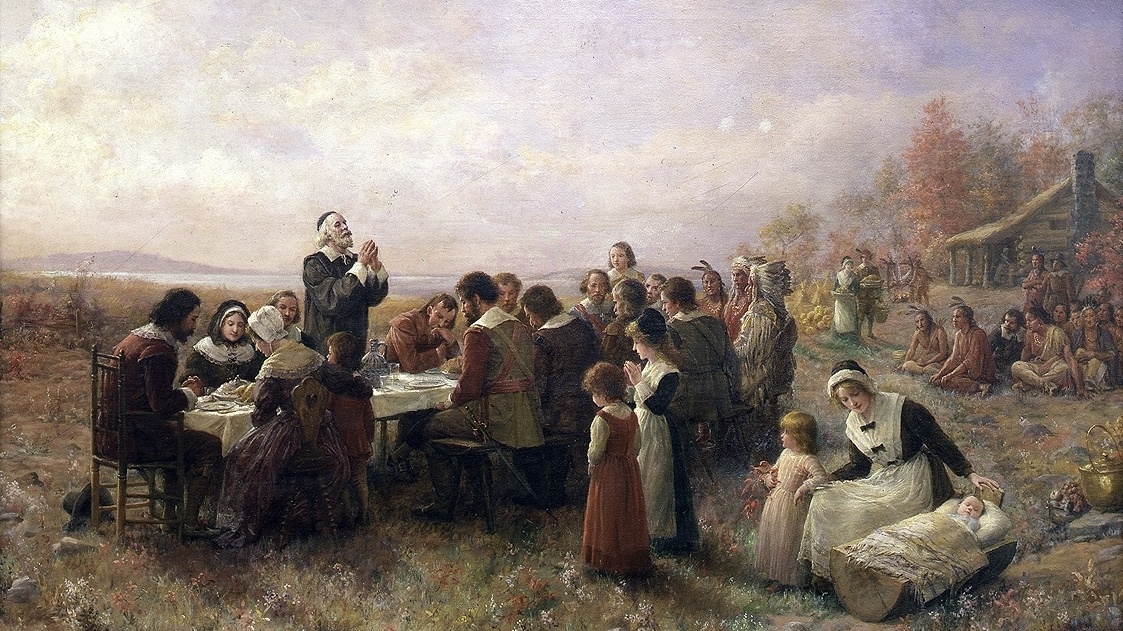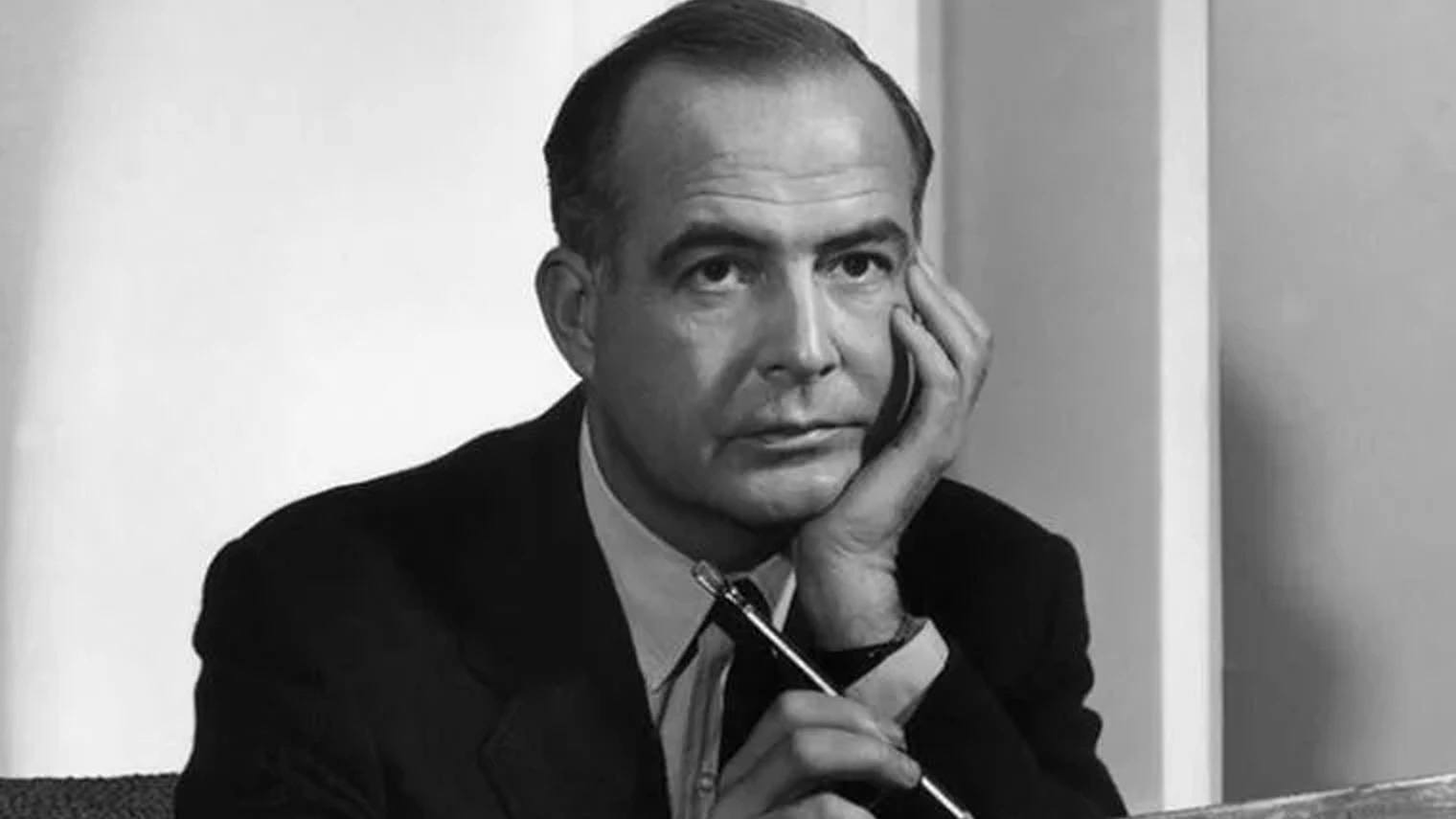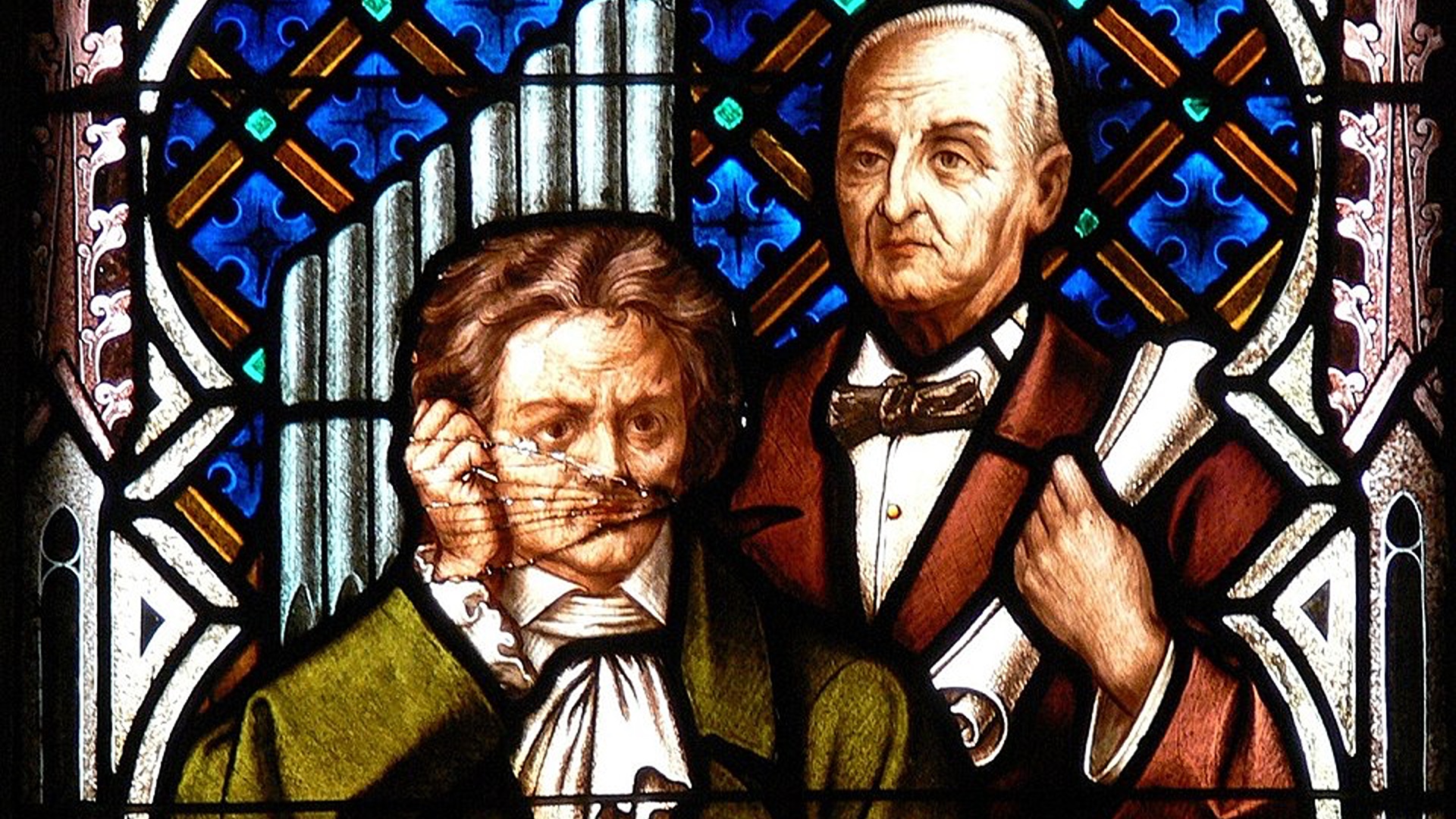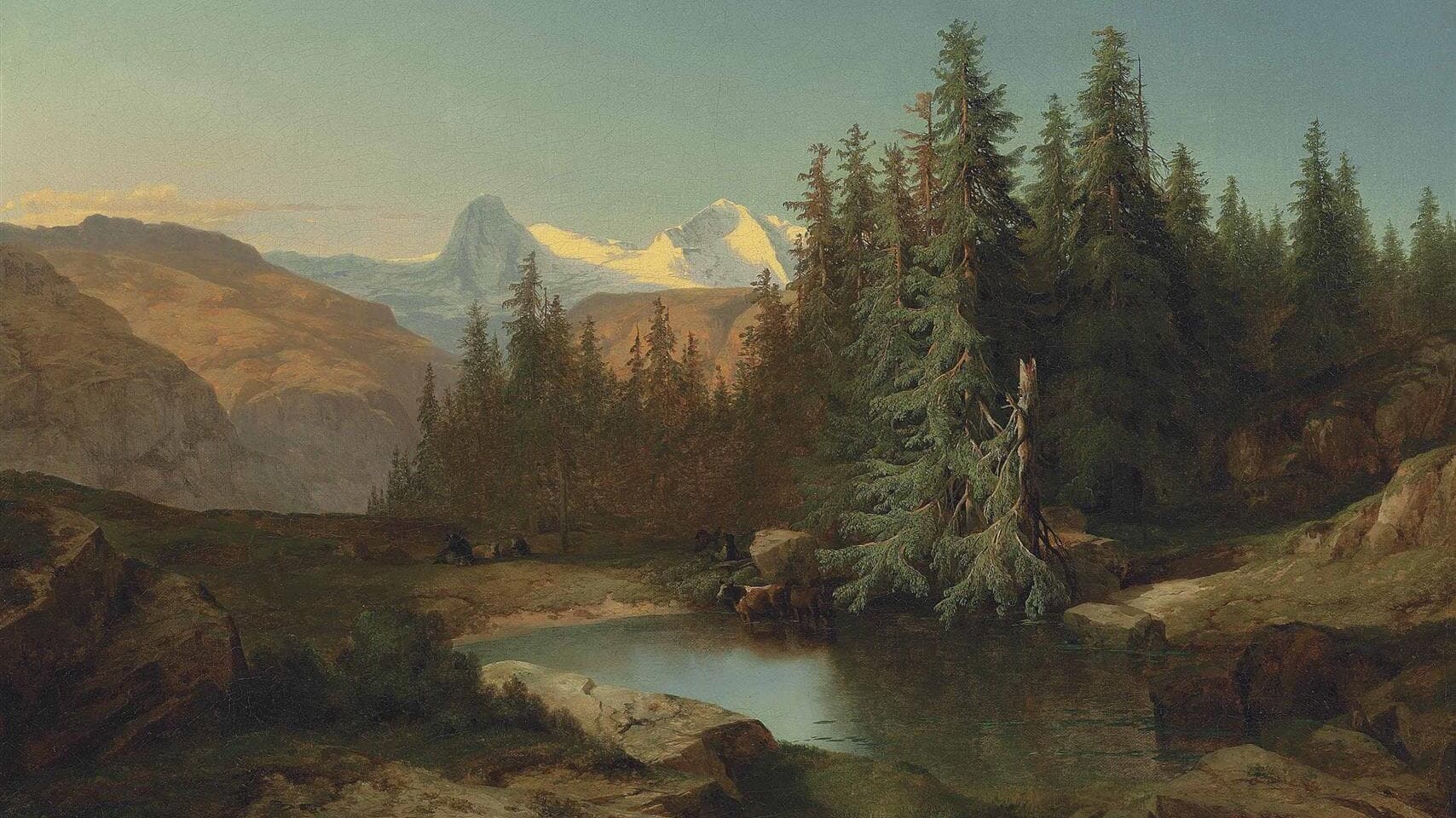Arnold Bax’ “I Sing of a Maiden that is Makeless”: The Choir of Westminster Abbey
Anonymously penned, the 15th century poem, I syng of a mayden, is a mystical meditation on the Annunciation and Nativity of Christ. Elements of Elizabethan polyphony blend with dreamy chromaticism in English composer Arnold Bax’ 1923 five-part a cappella setting of the text. As the five verses unfold, the majestic melody gives way to variation, only to return in the triumphant final moments. This 2017 recording features The Choir of Westminster Abbey, …

